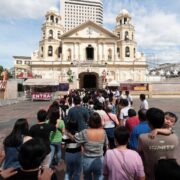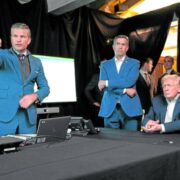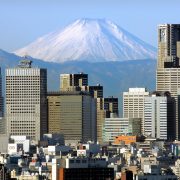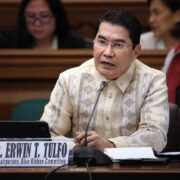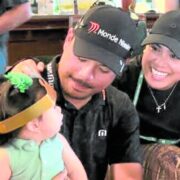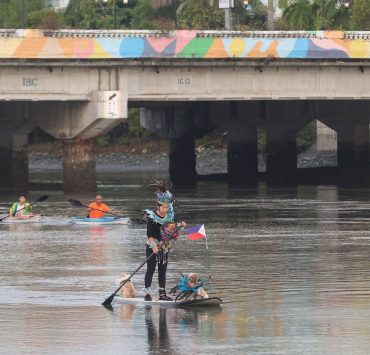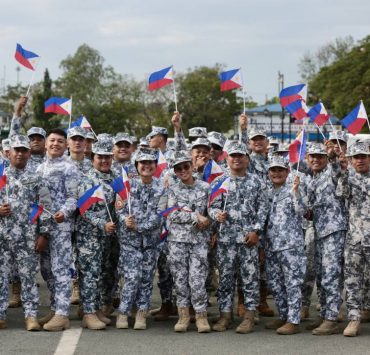Valenzuela leads heritage conservation efforts in Metro Manila
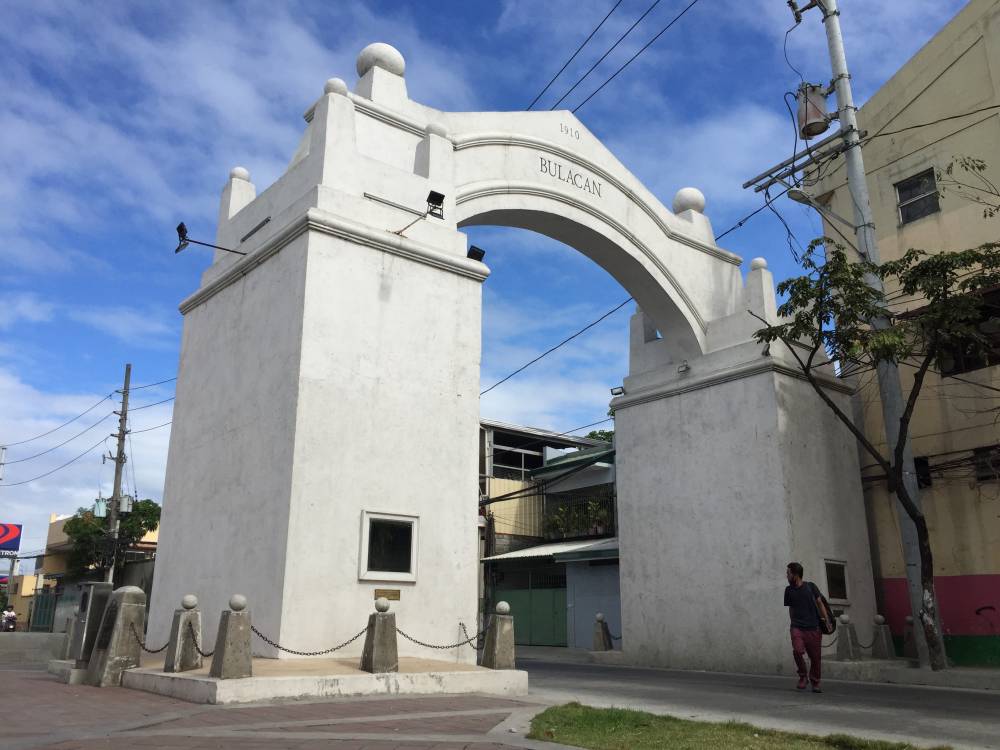
For the past years, Valenzuela has been bullish in its heritage conservation program, reclaiming and showcasing its centuries-old vibrant history and heritage.
The city, formerly part of Bulacan and integrated into the National Capital Region in 1975, has seen ambitious developments in just a few years with a number of projects to revive and highlight its past, particularly its built heritage.
Central to these is the Museo ni Dr. Pio Valenzuela in Pariancillo Villa, near the present and ruined church of San Diego de Alcala in Polo, the hold over village name that was Valenzuela’s former name.
Opened in 2022, the museum celebrates the life and contributions to the country of Dr. Valenzuela, a revolutionary and governor of Bulacan from 1921 to 1925.
It was in 1963 that the name Valenzuela was adapted, when the town of Polo was reunified with the town of Valenzuela, which was carved out of the former in 1960.
Built from scratch
The museum is a reconstructed prewar bahay na bato of Dr. Valenzuela where he had his clinic at its zaguan.
This house was destroyed during World War II, the same catastrophic event that left the church of Polo in ruins.
With no existing archival plans or images of the house, the memory of Valenzuela’s grandson, Arturo Valenzuela, was utilized in its rebuilding, said Gerard Lico, the conservation architect responsible for the house’s reconstruction and the curation of the museum.
Lico said the appearance of the prewar house and the lay-out of its rooms were drawn by Arturo based on his recollections. The latter is also an architect.
The reconstructed house replaced the long-abandoned, flood-soaked house of Valenzuela which stood on site since 1946. This postwar house was where Valenzuela died in 1956.
The property was donated by its owners to the city government of Valenzuela following initial talks in 2013, and the rebuilding of the early 20th century bahay na bato was done in accordance with the wishes of the Valenzuela family.
Reconstruction of the now elevated house and its conversion into a museum started in 2021 with usable parts and elements of the postwar house incorporated into the new structure.
These include the wood, grillwork, fretwork and capiz windows as well as the wells and azotea which are the remaining features of the prewar house.
The reconstruction of the house is a new form of conservation, according to Lico.
He said that it is a “hybrid conservation” where there is still a “physical connection” between houses and the place itself.
The spirit of the place is still there, he said.
Arkong Bato
Another heritage conservation project the city undertook in the past years is its Arkong Bato, an arched stone boundary marker between the then town of Polo and Malabon built in the middle of the 19th century.
Its rehabilitation, also by Lico, was undertaken from 2021 to 2022, but initial studies for the project started in 2018 following plans by the Department of Public Works and Highways (DPWH) to raise the road by one meter.
Lico said the solution was also to raise the arch to cope with the DPWH project.
He said that while the piers of adobe date back to the Spanish period, the arch was made of concrete.
The arch had undergone interventions by the then Bureau of Public Works consulting architect William Parsons in 1910 and was replaced by concrete after a truck struck and heavily damaged it in 1975, he said.
Lico replaced the post 1975 arch with concrete supported by a steel structure to rid the piers of the stress caused by the heavy load.
The piers, in turn, were enclosed, leaving small peep holes for the people to see the original structure inside, treated as an artifact.
The arch was reinaugurated in 2022 together with the park of the same name in its vicinity, which was a former industrial site.
At the park, designed with the help of landscape architect Marco Ortiz, is the restored and transplanted monument of Captain Delfin Velilla, a local revolutionary of the late 19th century.
Instrumental to the research on Valenzuela’s history and heritage is its tourism officer Jonathan Balsamo, a historian.
Balsamo said the heritage conservation and renaissance projects of the city started in 2013 during the term of then-Mayor Sherwin Gatchalian, which were continued by his brothers Rex and now Wes, the previous and current mayors.
That year, the Valenzuela City Museum opened on the ground floor of the city hall. This museum features the history of Valenzuela, including its industrial heritage.
He said the heritage programs of the city are anchored on the concept of pride of place and identity, and that developments should always be moored on its history and heritage.
It is the city’s way of protecting the past for future generations, he said, echoing the words of former mayor and now Department of Social Welfare and Development Secretary Rex Gatchalian.Public art
Apart from its heritage push, the city is also replete with public art projects, many done by known individuals.
In 2016, the abandoned Eduardo Castrillo 1975 sculpture entitled “The Humane Communication” at the Philippine Broadcasting Service compound in the city was rescued and restored by the local government and installed as the “Suhay-Husay Monument” at the Pamantasan ng Lungsod ng Valenzuela campus in 2018.
Other public art pieces in the city include the bronze statues of Jose Rizal and Pio Valenzuela at the Polo Park in Barangay Poblacion, both works of Julie Lluch which were installed there in 2020; Sajid Imao’s Polo mural inside the newly-inaugurated Casa de Polo, an events place where a section was set aside for the Museo de Polo; and the Triumvirate Monument at the city hall grounds.
The latter features sculptures of Andres Bonifacio, Emilio Jacinto and Valenzuela, done by National Artist for Visual Arts Napoleon Abueva in 2007.
Balsamo said this monument is the city’s first investment in public art.
In terms of built heritage, the city still has its Spanish era brick train station in Dalandanan, the American-era Tancinco House in Pasolo and the Gabaldon-type Pio Valenzuela Elementary School in Palasan, the postwar house of Arturo Valenzuela in Pariancillo Villa, and the 1955 aguas potables in Dalandanan.
Other places of interest include the Egbert Memorial Cannon in Malinta; Fatima Avenue in Marulas which was pedestrianized in 2021; National Shrine of Our Lady of Fatima, also in Marulas; San Roque Chapel in Mabolo; and the Tagalag Fishing Village straddling Bisig and Tagalag.
Many future projects are in the pipeline, like the Museum of Industries and the Future at the old Museo Valenzuela and Cultural Center in Marulas, and the restoration of the Tancinco Heritage House.

Old town
According to Franciscan priest-scholar Felix Huerta, Polo was first a visita (mission station) called Catangalang of Meycauayan which became an independent town in 1623, marking 2023 as its 400th year. A village called Catanghalang exists today in neighboring Obando.
Balsamo argues that Polo and Catangalang were already existing in the late 16th century, thus Catangalang as the Polo’s former name must be an error.
Later renamed Polo, its church dedicated to San Diego de Alcala, of good construction, was built in 1632 under the direction of Fr. Jose Valencia and gobernadorcillo Juan Tibay.
Repaired in 1854 by Fr. Vicente de la Puebla, who completed the convent, the church complex was destroyed during the World War II.
The church was rebuilt with a different style and materials thereafter, while the convent formed part of the present San Diego Parochial School.
Also in the 19th century, among the structures noted by Huerta are two chapels made of mamposteria, which were dedicated to the Nuestra Señora de Inmaculada Concepcion and San Roque.
Polo also had three “strong and beautiful” bridges of cut stone, two on the road going to Meycauayan.
Today, the only existing Spanish era structure in Valenzuela is what remains of its church—the belfry, portal area and sections of the convent. —EDGAR ALLAN M. SEMBRANO
Author’s note: Thank you to the city government of Valenzuela, tourism officer Jonathan Balsamo and his colleague Michael Urieta for their assistance in touring sites in the city.



